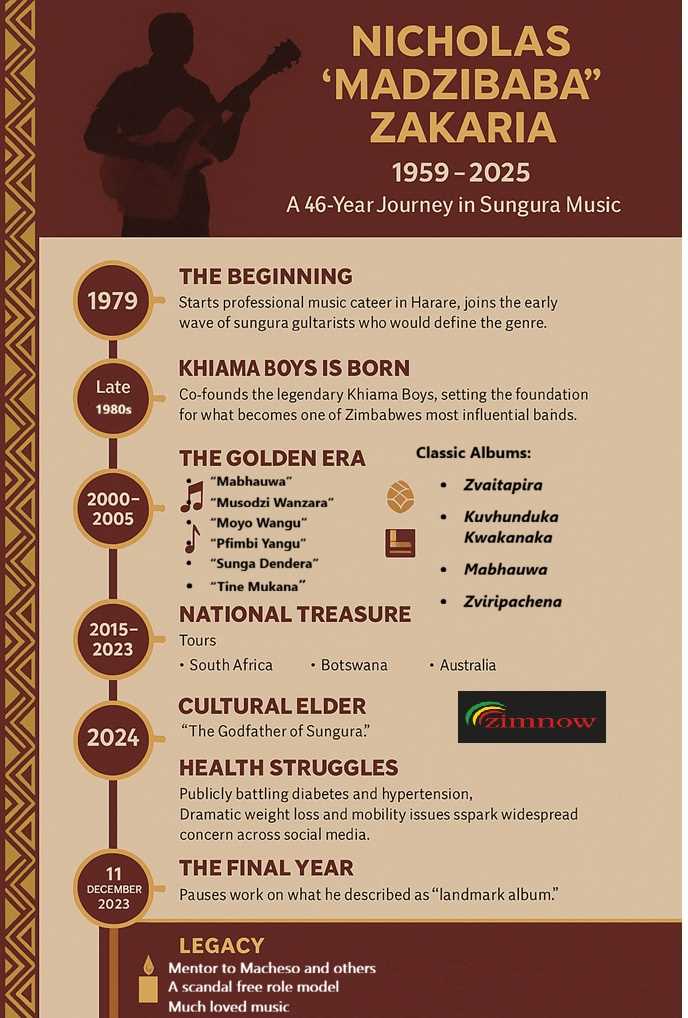
Audrey Galawu
The International Trade Centre has reported that for most small businesses, the lack of financial resources and awareness of the benefits of formalisation were the main obstacles to the formalisation and registering of their small businesses.
ITC said most small businesses would be willing to formalise their operations if the processes were less costly and time-consuming.
This indicates the need to increase initiatives aimed at raising awareness about formalisation and its potential benefits and facilitating the process in terms of lower cost and time.
According to a report by ITC, many managers question the relevance of registering their firms given their small size.
“About 43% of the surveyed enterprises by ITC reported not being registered with or licensed by a national authority.
The data indicates that the smaller the business, the more likely it is to be informal.
“More than half of microenterprises (55%) reported operating in the informal economy, compared with 29% of small businesses and just 10% of medium-sized enterprises.
Related Stories
“None of the large companies surveyed were informal. This is consistent with government statistics showing that SMEs represent the majority of businesses in Zimbabwe’s informal sector,” reads the report.
ITC noted that there are also sectoral differences, with a higher rate of informality in the primary sector than in others.
Fifty-seven percent of agricultural businesses were informal, compared with 38% and 36% in the manufacturing and services sectors, respectively.
Evidence from the 2022 FinScope SMEs survey indicates that the size of the business and lack of financial resources are the main barriers to the formalisation and registration of informal SMEs in Zimbabwe.
Young entrepreneurs and women have a strong presence among informal businesses.
Women-led firms are 12 percentage points more likely than men-led firms to be in the informal sector.
The same patterns emerge for youth-led companies: 62% were informal compared with just 40% ofb usinesses run by their elders.



















Leave Comments